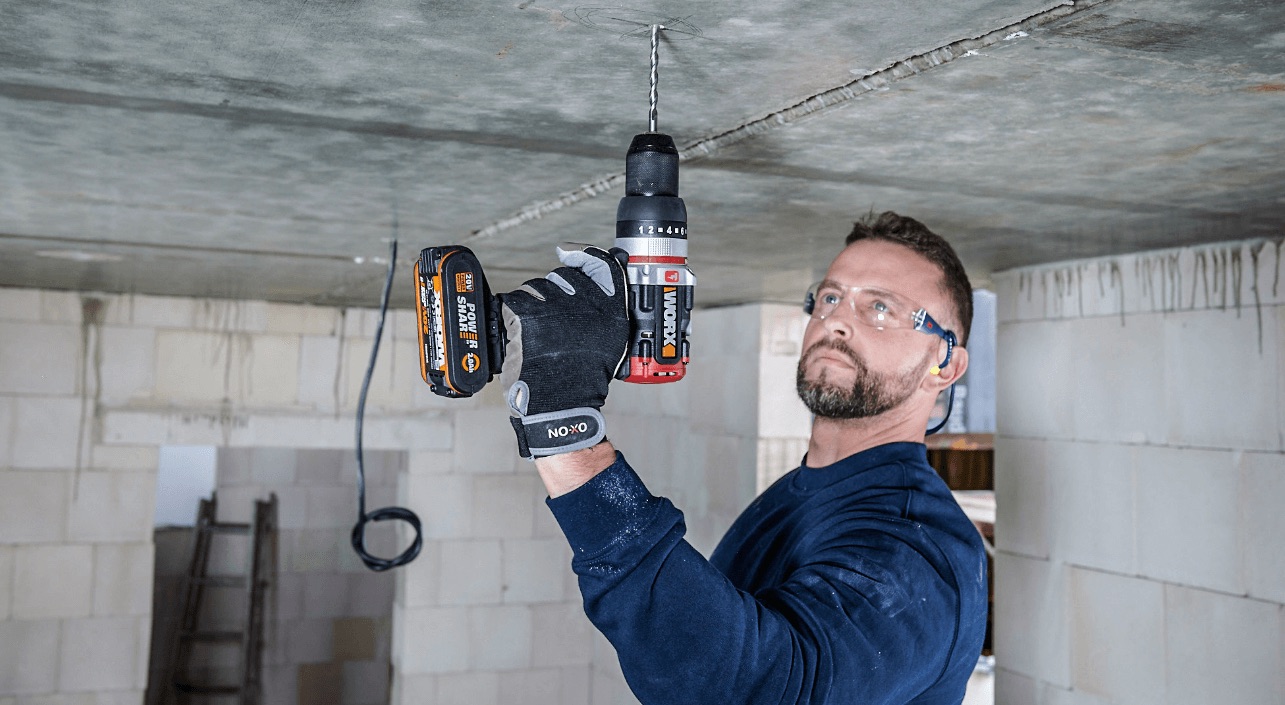

Articles
How Many Watts Do Power Tools Use
Modified: January 8, 2024
Discover the power consumption of various power tools in this informative article. Learn how many watts different tools use and choose the right one for your needs.
(Many of the links in this article redirect to a specific reviewed product. Your purchase of these products through affiliate links helps to generate commission for Storables.com, at no extra cost. Learn more)
Introduction
Welcome to our in-depth article on power tool wattage. Whether you’re a professional tradesperson or a DIY enthusiast, understanding power tool wattage is essential for optimal performance and safety. Power tools come in various shapes and sizes, each with its unique power requirements. Knowing how many watts your power tools consume will help you choose the right tools, prevent electrical overloads, and ensure efficient operation.
In this article, we will delve into the world of power tool wattage. We will explore the different types of power tools and their wattage requirements, discuss common wattage ratings, and highlight the factors that can affect power tool wattage. Additionally, we will provide tips for calculating power tool wattage and offer guidance on choosing the right tool for your needs. Lastly, we will touch on the importance of energy efficiency when considering power tool wattage.
So, whether you’re a seasoned professional looking to upgrade your power tools or a beginner trying to understand the basics, read on to gain a comprehensive understanding of power tool wattage and make informed decisions for your projects.
Key Takeaways:
- Understanding power tool wattage is crucial for optimal performance, safety, and efficiency in projects. Consider factors like task type, material, and energy efficiency when choosing the right tools.
- Balance power tool wattage with energy efficiency to minimize energy consumption, reduce costs, and promote sustainability. Look for energy-efficient tools and power management features to maximize efficiency.
Read more: How Many Watts Does Toaster Use
Understanding Power Tool Wattage
Power tool wattage refers to the amount of electrical power consumed by a power tool during operation. It is measured in watts, which is a unit of power. Understanding power tool wattage is crucial because it determines the tool’s performance, energy consumption, and compatibility with different electrical systems.
When it comes to power tools, wattage is directly related to the tool’s motor power and the work it can accomplish. Generally, higher wattage indicates a more powerful tool capable of handling demanding tasks. However, it’s important to note that higher wattage also means greater energy consumption and potentially heavier tools.
Power tool wattage is often specified by the manufacturer and can usually be found on the tool’s label or in its user manual. It’s essential to pay attention to these specifications to ensure that the tool is compatible with your power source and can handle the tasks you have in mind.
One common misconception is that higher wattage always translates to better performance. While it’s true that higher wattage can provide more power, it’s equally important to consider the specific requirements of your project. Sometimes, a lower wattage tool may be sufficient for your needs, especially if you’re working on lighter-duty tasks or in limited power supply situations.
Furthermore, understanding power tool wattage allows you to gauge the tool’s electrical demands. This knowledge is crucial to prevent electrical overloads, which can lead to tripped circuit breakers, damaged tools, or even electrical hazards. It’s important to ensure that your power source can handle the wattage requirements of your tools to maintain safe and efficient operation.
Now that we have a basic understanding of power tool wattage, let’s explore the different types of power tools and their typical wattage requirements.
Types of Power Tools and Their Wattage Requirements
Power tools come in a wide variety of types, each designed for specific tasks. Understanding the wattage requirements of different power tools is crucial for choosing the right tool for your needs and ensuring safe and efficient operation. Let’s take a closer look at some common types of power tools and their typical wattage requirements.
- Drills: Electric drills are versatile tools commonly used for drilling holes and driving screws. Standard corded drills typically have wattage ratings ranging from 500 to 1,200 watts. However, heavy-duty models designed for more demanding applications can have wattage ratings exceeding 1,200 watts.
- Saws: Power saws, such as circular saws, reciprocating saws, and miter saws, require varying wattage depending on their size and cutting capacity. Smaller handheld saws typically range from 500 to 1,200 watts, while larger stationary saws can have wattage ratings upwards of 2,000 watts.
- Sanders: Sanders are essential for achieving smooth surfaces on wood, metal, or other materials. Belt sanders and random orbital sanders usually have wattage ratings between 500 and 1,200 watts.
- Grinders: Angle grinders and bench grinders are commonly used for cutting, grinding, and shaping various materials. Their wattage requirements can vary significantly, ranging from 500 watts for smaller models to over 2,000 watts for heavy-duty industrial grinders.
- Routers: Routers are used to hollow out an area in a hard material, typically wood. These tools typically have wattage ratings between 500 and 1,500 watts, depending on the size and power of the router.
- Impact Wrenches: Impact wrenches deliver high torque for tightening or loosening nuts and bolts. Corded impact wrenches can have wattage ratings ranging from 500 to 1,200 watts, while cordless models operate on battery power.
- Air Compressors: Air compressors are often used in conjunction with power tools. The wattage requirements for air compressors can vary depending on the size and capacity of the unit. Smaller portable compressors typically range from 1,000 to 1,500 watts, while larger industrial-grade compressors can exceed 5,000 watts.
It’s important to note that these wattage requirements are general guidelines and can vary depending on the specific brand, model, and features of the power tools. Always refer to the manufacturer’s specifications to determine the exact wattage requirements for the power tools you plan to use.
Now that we have explored the typical wattage requirements of various power tools, let’s move on to discussing common wattage ratings you may encounter when shopping for tools.
Common Wattage Ratings of Power Tools
When shopping for power tools, you may come across different wattage ratings. These ratings provide an indication of a power tool’s power capacity and can help you compare different models to find the right tool for your needs. Here are some common wattage ratings you may encounter:
- Low Wattage (500-800 watts): Power tools with lower wattage ratings are typically suitable for lighter-duty tasks or occasional use. These tools are often more compact, lightweight, and easier to handle. They are ideal for DIY enthusiasts or those working on small projects.
- Medium Wattage (800-1,200 watts): Power tools with medium wattage ratings are versatile and can handle a wide range of tasks. They are suitable for both professional tradespeople and serious DIYers. These tools offer a good balance between power and maneuverability.
- High Wattage (1,200+ watts): High-wattage power tools are designed for heavy-duty applications and demanding tasks. They provide exceptional power and are often used by professionals in construction, woodworking, or metalworking industries. These tools can handle tough materials and prolonged use.
It’s important to choose a power tool with an appropriate wattage rating based on the tasks you will be performing. Selecting a tool with too low of a wattage rating may result in insufficient power and compromised performance. Conversely, choosing a tool with unnecessarily high wattage can lead to increased weight, energy consumption, and cost.
When comparing power tools, pay attention to the wattage rating in conjunction with other features, such as motor power, speed settings, and durability. These factors can affect the overall performance and longevity of the tool.
Additionally, it’s worth noting that while wattage is a crucial factor in determining a tool’s power, it doesn’t tell the whole story. Other factors, such as the motor’s efficiency, gearing, and overall design, can also impact a tool’s performance. Therefore, it’s advisable to consider multiple factors and read reviews or seek expert advice when choosing power tools.
Now that we have covered common wattage ratings for power tools, let’s explore the factors that can affect power tool wattage.
Factors Affecting Power Tool Wattage
Several factors can affect the wattage requirements of power tools. Understanding these factors can help you make informed decisions when selecting tools and ensure optimal performance. Let’s take a look at some key factors that can impact power tool wattage:
- Type of Task: The type of task you are performing with a power tool can significantly affect its wattage requirements. Tasks that require high torque or cutting through dense materials may require a tool with higher wattage to handle the load effectively. Conversely, light-duty tasks may be adequately performed by tools with lower wattage ratings.
- Material and Thickness: Different materials and their thickness can impact the amount of power needed to work with them. For example, cutting through hardwood or thick metal will require more power than cutting through softwood or thin sheets of metal. It’s important to consider the materials you will be working with to ensure that your power tool has the appropriate wattage.
- Efficiency of the Motor: The efficiency of the power tool’s motor can affect the power consumption and overall wattage requirements. Motors with higher efficiency can deliver better performance using less power, resulting in lower wattage requirements. Look for power tools with efficient motors to maximize energy savings without compromising performance.
- Speed and Load Settings: Power tools with variable speed and load settings can adjust their power output based on the task at hand. Lower power settings can reduce the wattage requirements for lighter tasks, while higher settings may be necessary for more demanding applications. Having adjustable settings allows you to optimize power consumption and choose the appropriate wattage for each task.
- Tool Size and Weight: Generally, larger and heavier power tools tend to have higher wattage ratings. This is because larger tools often have more powerful motors and are designed to handle heavy-duty tasks. However, keep in mind that larger tools may not always be necessary and can be more challenging to maneuver. Consider the size and weight of the tool in relation to your specific needs and the workspace available.
- Efficient Use of Power: Proper technique and efficient use of power tools can help minimize wattage requirements. Using sharp blades or bits, properly adjusting depth or cutting settings, and employing proper cutting or drilling techniques can reduce the strain on the tool and lower the wattage needed to complete the task.
It’s essential to consider these factors when selecting power tools to ensure that you choose a tool with the appropriate wattage for your specific needs. Taking into account the task, materials, and efficiency can help optimize performance while minimizing energy consumption.
Now that we understand the factors that can affect power tool wattage, let’s move on to some tips for calculating power tool wattage.
When using power tools, always check the wattage rating to ensure it matches the capacity of your power source. Using a power tool with a higher wattage than your power source can cause overheating and damage.
Read more: How To Use Power Tools
Tips for Calculating Power Tool Wattage
Calculating the wattage requirements for power tools is essential to ensure that you have the appropriate tools for your projects and avoid electrical overloads. Here are some tips to help you calculate power tool wattage:
- Refer to Manufacturer’s Specifications: The easiest and most accurate way to determine the wattage requirements of a power tool is by referring to the manufacturer’s specifications. Check the tool’s label, user manual, or the manufacturer’s website for the wattage rating. This information is typically provided by the manufacturer to help users make informed decisions.
- Use the Power Formula: If the wattage rating is not readily available or you want to verify the information, you can calculate the power consumption of a power tool using the power formula: Power (in watts) = Voltage (in volts) x Current (in amps). It’s important to note that this method requires knowledge of the voltage and current values for the specific tool you are using. You can usually find this information on the tool’s label or in the user manual.
- Consider the Load Factor: The load factor represents the percentage of time that a power tool is being used during a specific period. For example, if you plan to use a circular saw for 10 minutes within an hour, the load factor would be 10 minutes divided by 60 minutes (0.17 or 17%). To calculate the wattage requirements for a specific task, multiply the tool’s wattage rating by the load factor.
- Account for Additional Power Needs: Some power tools require additional power beyond their rated wattage during startup or under heavy load. Take these factors into account when calculating power requirements. It’s advisable to choose a power tool with a wattage rating that exceeds your calculated wattage needs to ensure reliable and efficient operation.
- Consider Power Source Limitations: The wattage requirements of your power tools should also align with the capacity of your power source. If you are using a generator or working with limited electrical outlets, ensure that the combined wattage of the tools you plan to use does not exceed the available power supply. Overloading a power source can lead to tripped circuit breakers, damage to equipment, or safety hazards.
By following these tips, you can accurately calculate the wattage requirements of your power tools, choose the right tools for your projects, and ensure safe and efficient operation.
Now that we have covered tips for calculating power tool wattage, let’s move on to discussing how to choose the right power tool for your needs.
How to Choose the Right Power Tool for Your Needs
Choosing the right power tool is crucial to ensure that you can effectively complete your projects while maximizing performance, efficiency, and safety. Here are some factors to consider when selecting the right power tool for your needs:
- Determine Your Project Requirements: Start by assessing the specific tasks you will be performing. Consider the materials you will be working with, the complexity of the project, and any unique requirements. This will help you identify the types of power tools you need and the wattage requirements associated with those tasks.
- Consider the Power Source: Determine whether you will be using a corded or cordless power tool. Corded tools typically have higher wattage ratings but require a continuous power source. Cordless tools offer more mobility but come with limitations in terms of battery life and wattage capacity. Assess your workspace and power availability to choose the most suitable option.
- Evaluate Ergonomics and Comfort: Power tools come in various sizes and designs, and it’s crucial to consider ergonomics and comfort. Look for tools with comfortable grips, well-balanced weight distribution, and features that reduce fatigue during prolonged use. A comfortable and ergonomic design can improve your overall experience and productivity.
- Research Brands and Models: Not all power tools are created equal. Take the time to research reputable brands and models known for their quality, durability, and performance. Read customer reviews and expert opinions to gain insights into the reliability and longevity of different tools. Choose a trusted brand that offers excellent after-sales support and warranties.
- Compare Features and Accessories: Examine the features and accessories offered with each power tool. Look for features that enhance safety, convenience, and versatility, such as variable speed settings, adjustable cutting angles, dust collection systems, and blade-changing mechanisms. Assess the availability of compatible accessories and ensure they meet your specific project needs.
- Consider Budget and Value: Set a budget for your power tools, but also consider the value they provide. Cheaper tools may save you money initially but can result in compromised performance and durability in the long run. Invest in high-quality tools within your budget range that offer the features and reliability needed for your projects.
- Seek Expert Advice: If you’re unsure about which power tools to choose, seek advice from professionals or experienced users. They can provide valuable insights and recommendations based on their expertise and firsthand experience. Consider consulting with knowledgeable salespeople at reputable tool stores who can guide you in selecting the right tools for your needs.
By considering these factors and doing thorough research, you can choose the right power tools that align with your specific needs, budget, and project requirements. Remember to prioritize safety, reliability, and comfort, as these factors play a significant role in achieving successful outcomes.
Now that we have discussed how to choose the right power tools, let’s explore the importance of energy efficiency when considering power tool wattage.
Energy Efficiency and Power Tool Wattage
When it comes to power tools, energy efficiency is a crucial consideration alongside power tool wattage. Energy-efficient tools not only help reduce your environmental impact but also offer cost savings in the long run. Let’s explore the importance of energy efficiency when considering power tool wattage:
Lower Energy Consumption: Energy-efficient power tools are designed to minimize energy wastage and operate more efficiently. They can perform the same tasks as less efficient tools while consuming less power. This means that a tool with lower wattage but high energy efficiency may be just as effective as a higher-wattage, less efficient tool.
Cost Savings: Energy-efficient power tools can lead to significant cost savings over time. By consuming less electricity, you’ll notice a decrease in your energy bills, especially if you frequently use power tools for your projects. Although energy-efficient tools may have a higher upfront cost, the long-term savings can outweigh the initial investment.
Environmental Impact: Using energy-efficient power tools helps reduce your carbon footprint and minimize resource depletion. By consuming less energy, these tools contribute to a more sustainable and environmentally friendly working environment. This is especially important as we strive to reduce our impact on the planet and preserve natural resources for future generations.
Extended Battery Life (Cordless Tools): If you opt for cordless power tools, energy efficiency becomes even more critical. Energy-efficient cordless tools can help extend battery life, allowing you to work for longer periods without interruptions. This means you’ll spend less time recharging or replacing batteries, enhancing productivity and saving money on battery replacements.
Power Management Features: Energy-efficient power tools often come with power management features that optimize power consumption during various tasks. These features monitor and adjust power output based on the workload, minimizing unnecessary energy usage. Look for tools with intelligent power management systems to maximize efficiency and reduce unnecessary power consumption.
Energy Star Certification: Some power tools may carry the Energy Star certification, indicating that they meet strict energy efficiency guidelines set by the Environmental Protection Agency (EPA) in the United States. These tools have been tested and verified to consume less energy without compromising their performance. When shopping for power tools, look for the Energy Star label to ensure you’re choosing environmentally friendly and energy-efficient options.
When considering power tool wattage, it’s crucial to balance power requirements with energy efficiency. Opting for energy-efficient tools can help you achieve the desired results while minimizing energy consumption, reducing costs, and promoting sustainability.
Now that we’ve explored the importance of energy efficiency, let’s summarize the key points discussed in this article.
Conclusion
Understanding power tool wattage is vital for both professionals and DIY enthusiasts. By knowing the wattage requirements of power tools, you can make informed decisions, ensuring optimal performance, safety, and efficiency for your projects. Here are the key takeaways from this article:
- Power tool wattage refers to the amount of electrical power a tool consumes during operation.
- Higher wattage generally indicates a more powerful tool, but it’s important to consider the specific requirements of your projects.
- Different types of power tools have varying wattage requirements, so it’s essential to match the tool’s wattage with your specific needs.
- Factors such as the type of task, material, motor efficiency, and load settings can affect power tool wattage.
- Calculating power tool wattage can be done using the manufacturer’s specifications or the power formula (Power = Voltage × Current).
- When choosing power tools, consider your project requirements, power source, ergonomics, budget, and seek expert advice.
- Energy efficiency is crucial alongside power tool wattage, as it reduces energy consumption, costs, and environmental impact.
- Look for energy-efficient tools, power management features, and Energy Star-certified options to maximize efficiency.
When selecting power tools, strike a balance between wattage, energy efficiency, and the specific demands of your projects. With the right tools in hand, you can tackle your tasks with confidence, knowing you have chosen the most suitable tools for the job.
So whether you’re drilling, sawing, sanding, or grinding, understanding power tool wattage and considering energy efficiency will not only contribute to successful project outcomes but also help minimize your environmental impact and save costs in the long run.
Frequently Asked Questions about How Many Watts Do Power Tools Use
Was this page helpful?
At Storables.com, we guarantee accurate and reliable information. Our content, validated by Expert Board Contributors, is crafted following stringent Editorial Policies. We're committed to providing you with well-researched, expert-backed insights for all your informational needs.
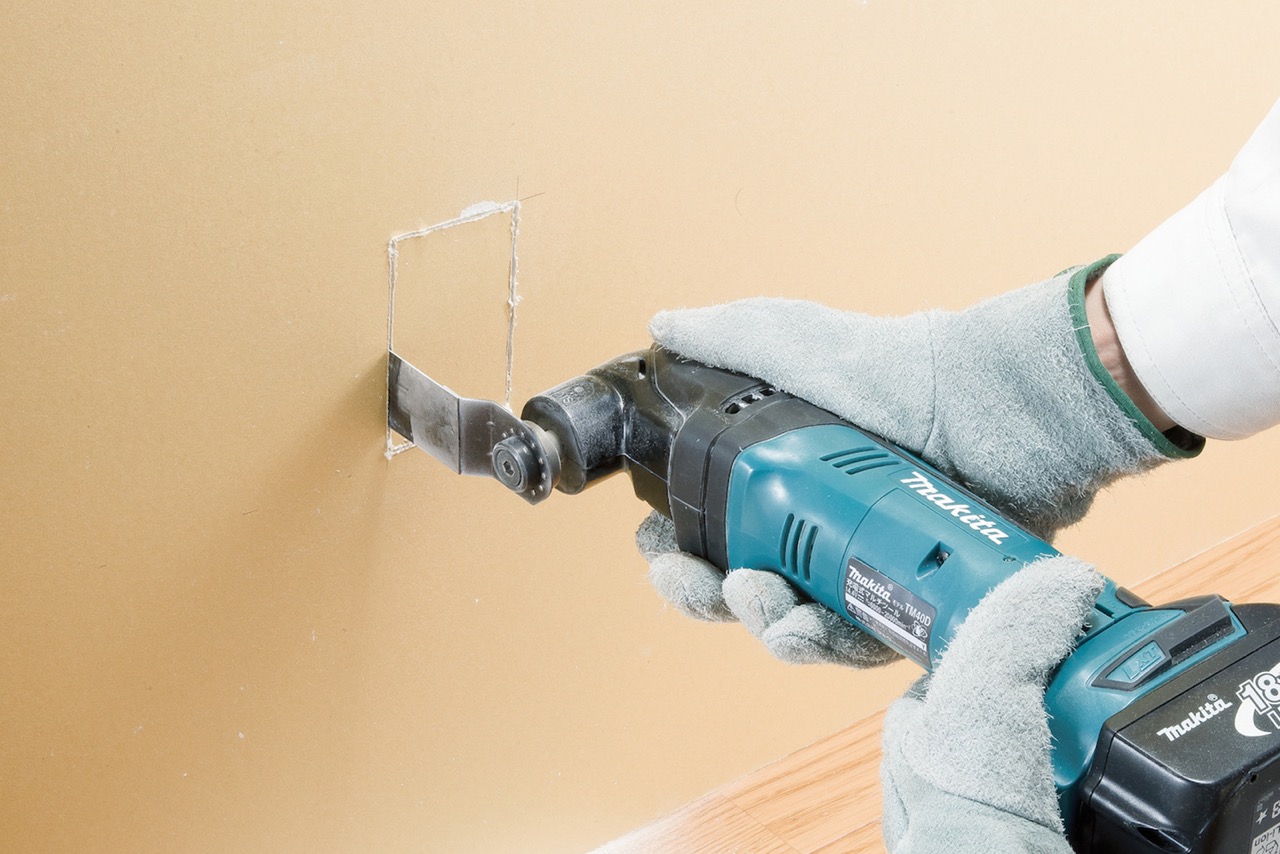
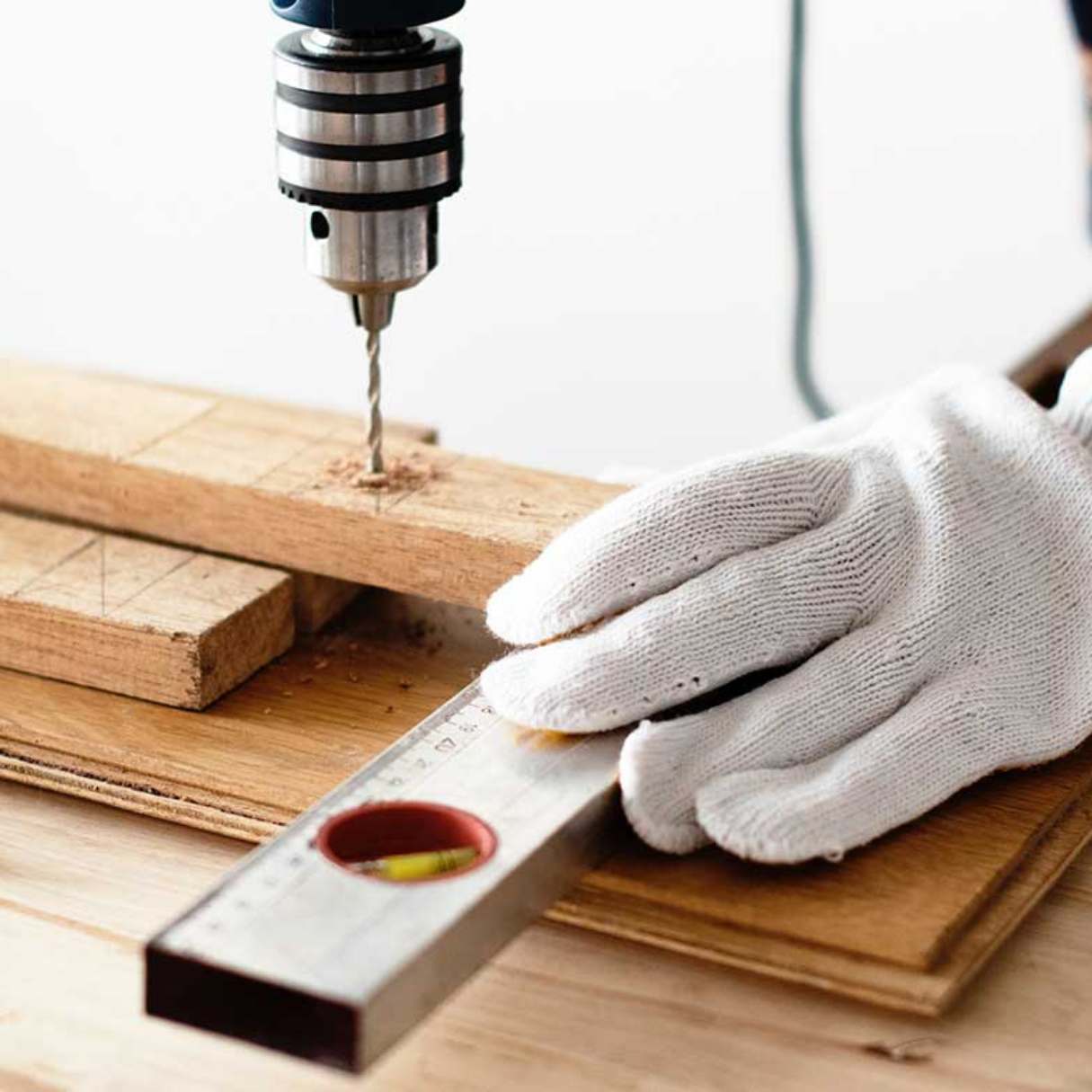

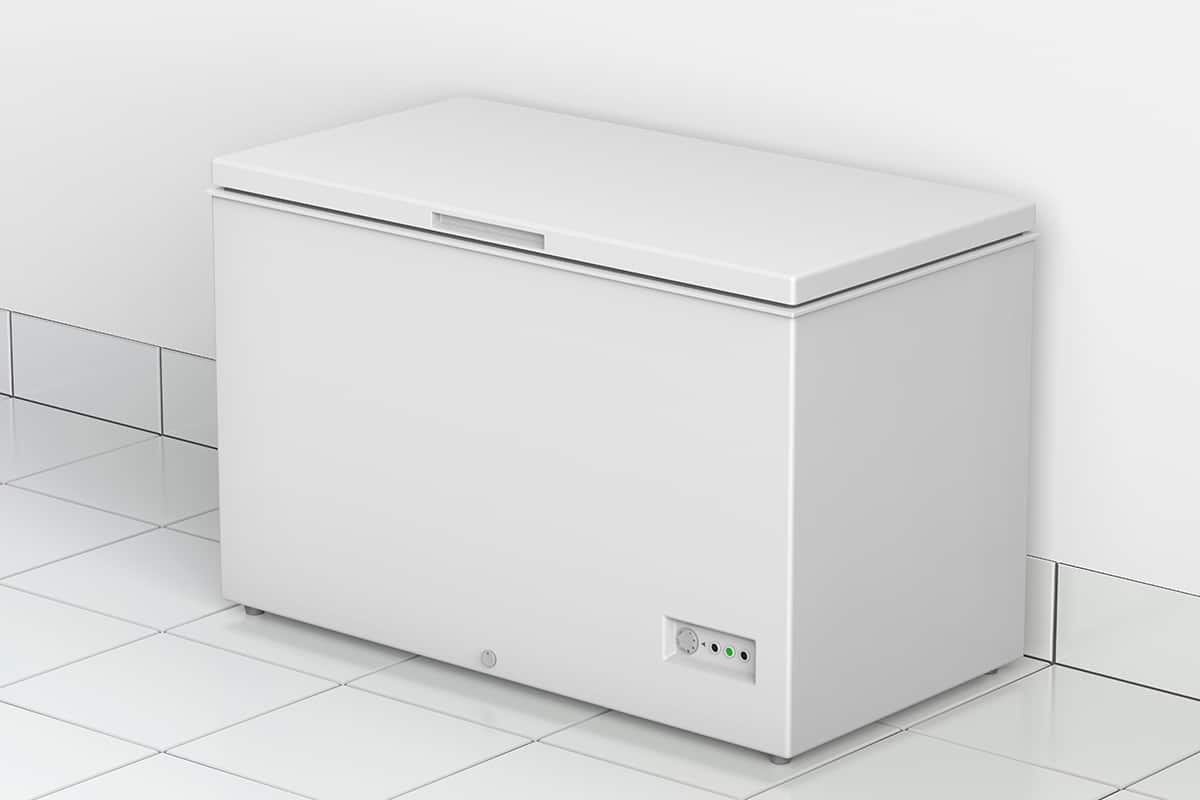

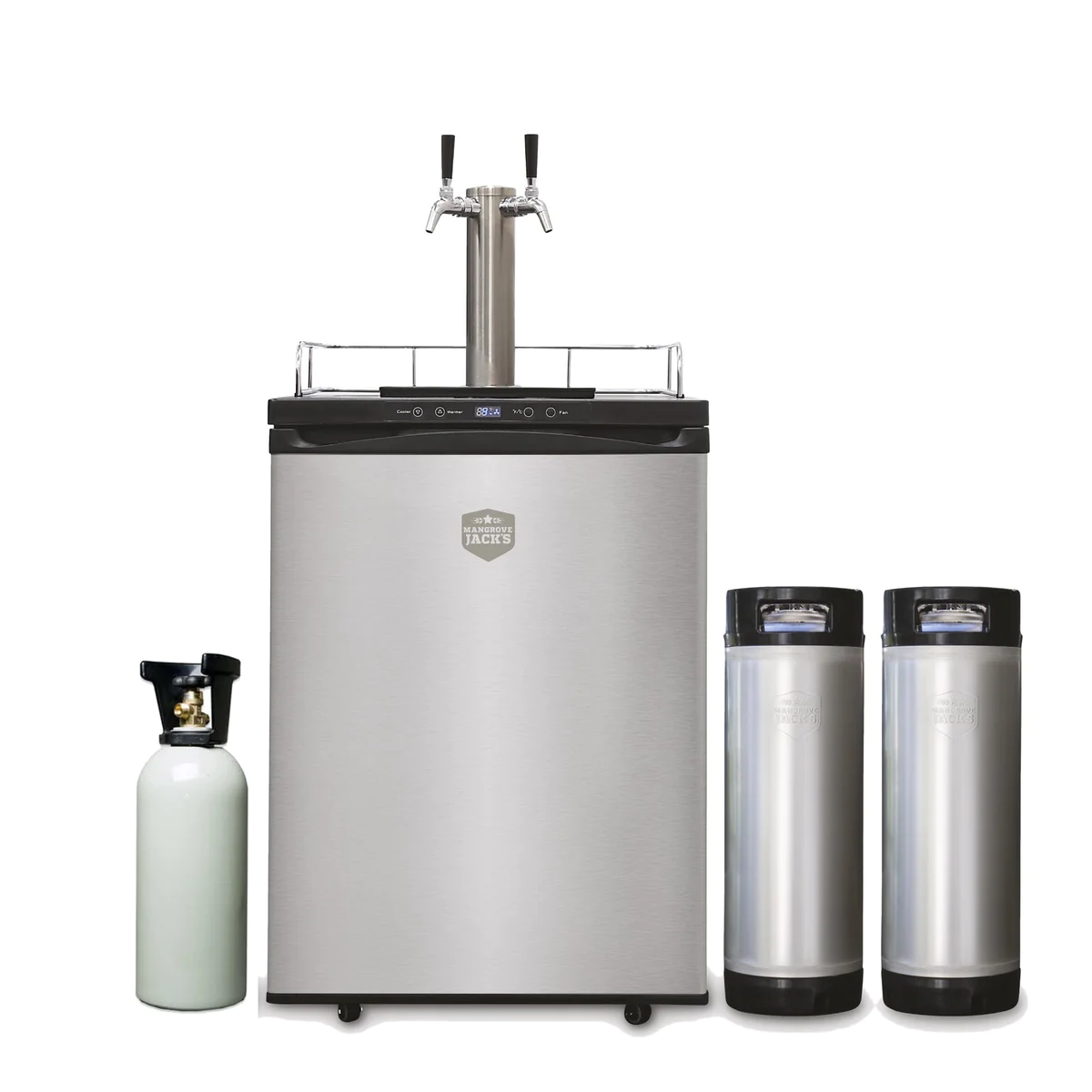
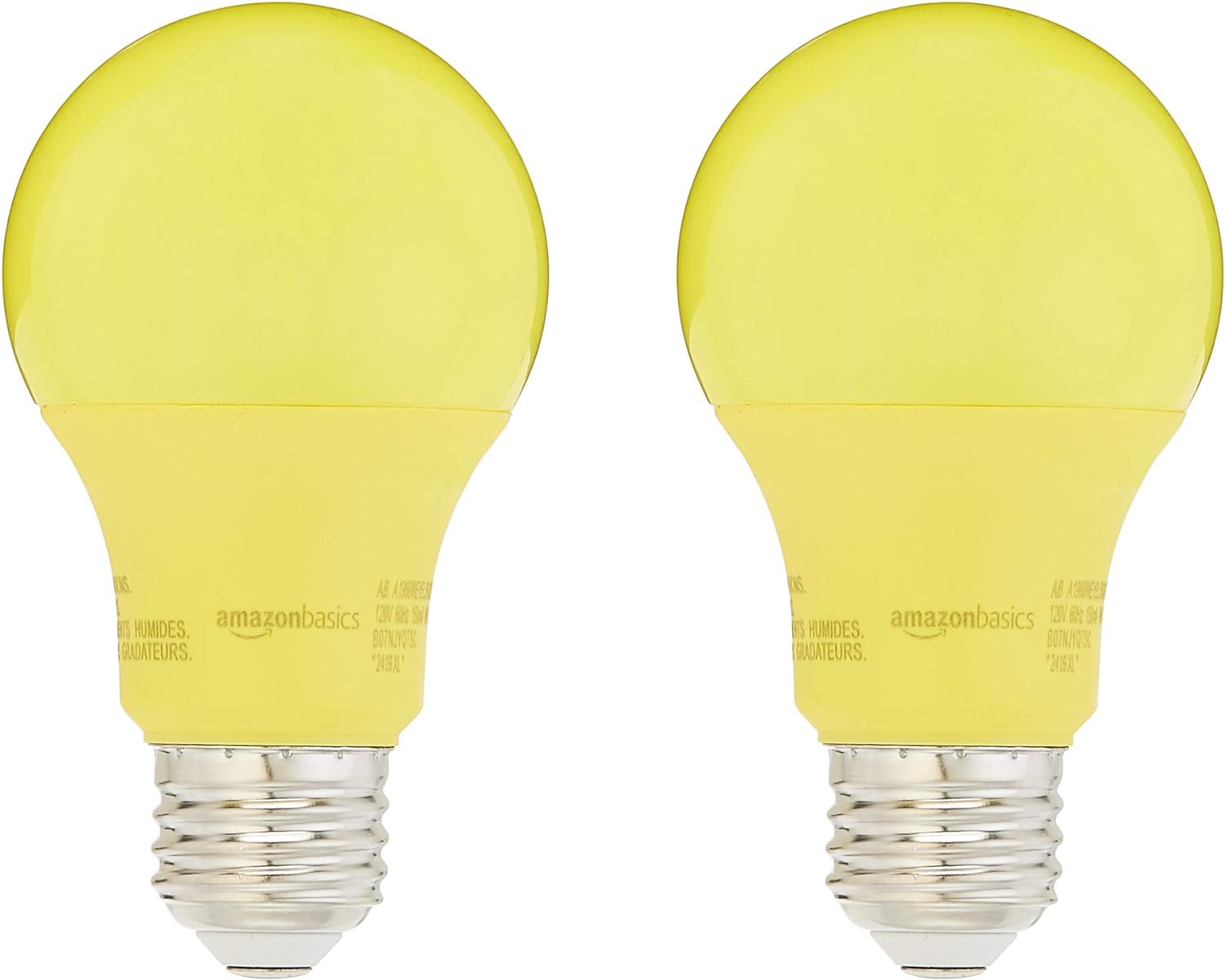

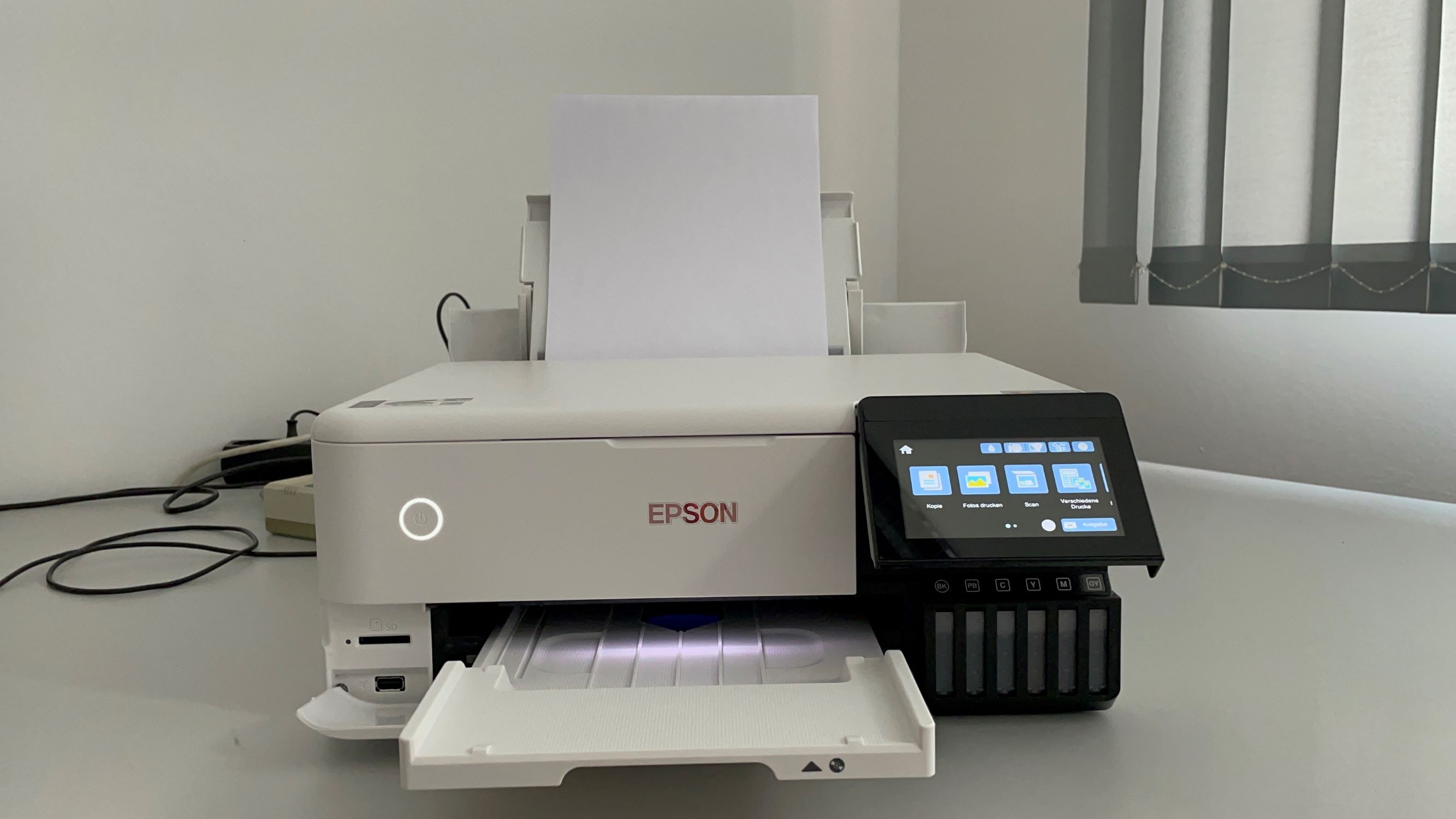

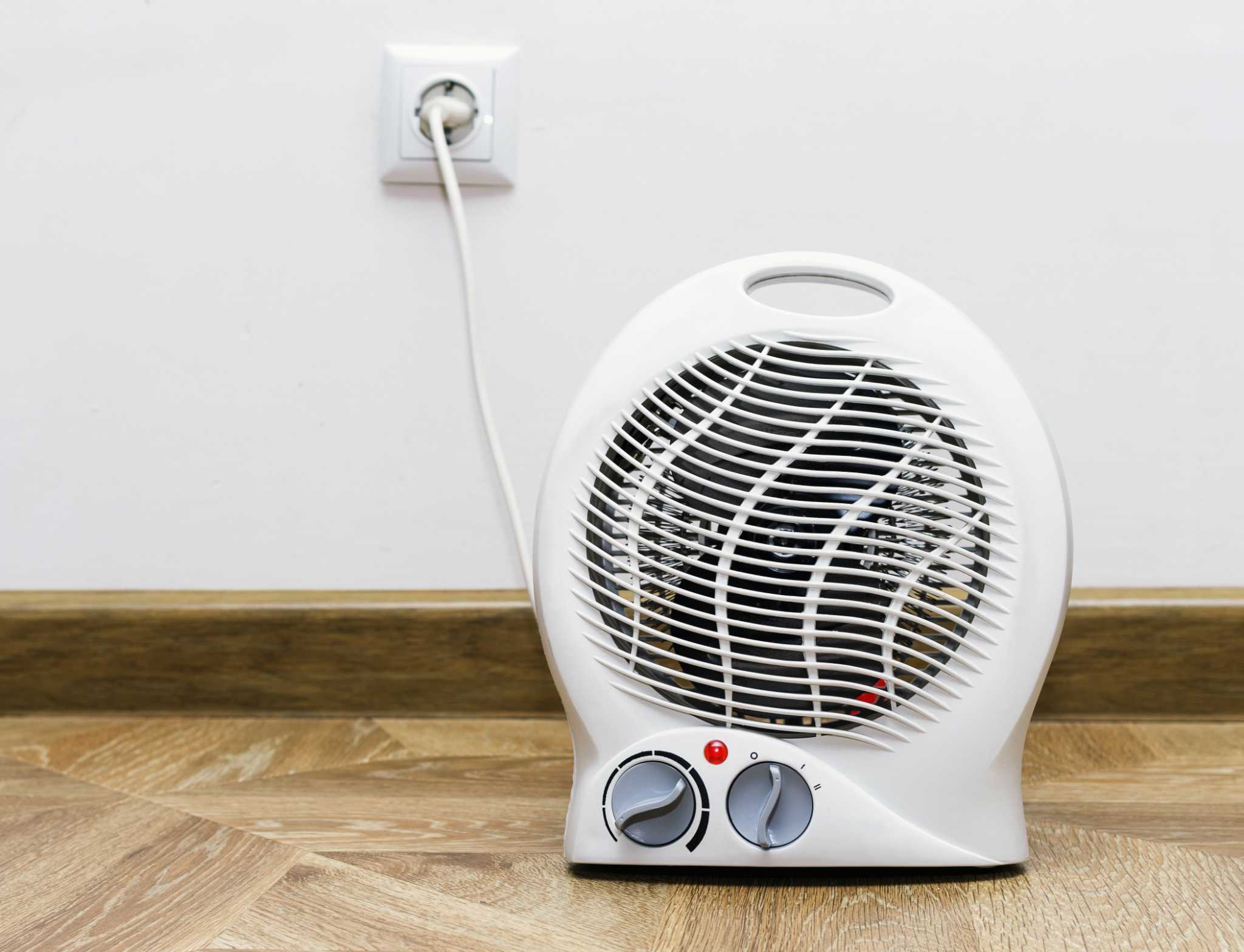




0 thoughts on “How Many Watts Do Power Tools Use”